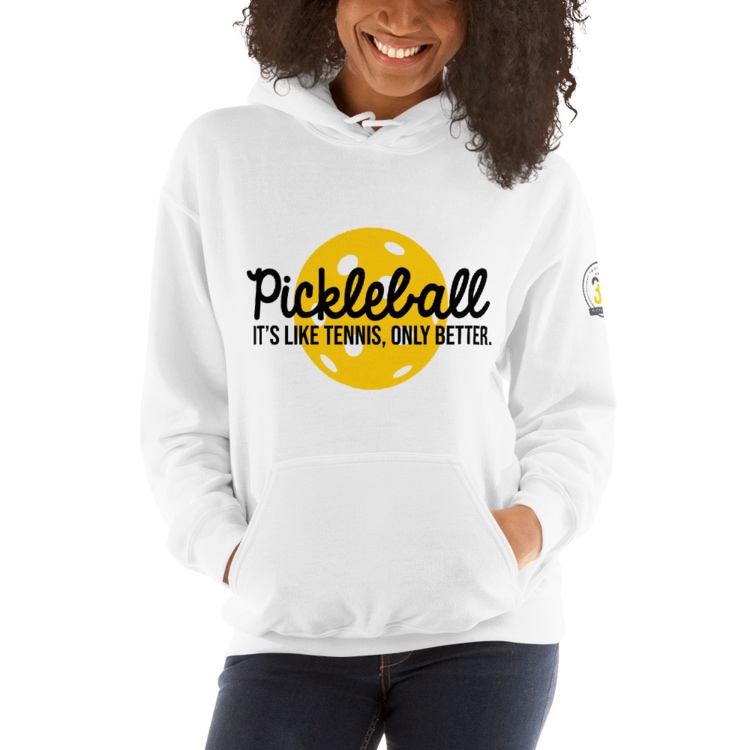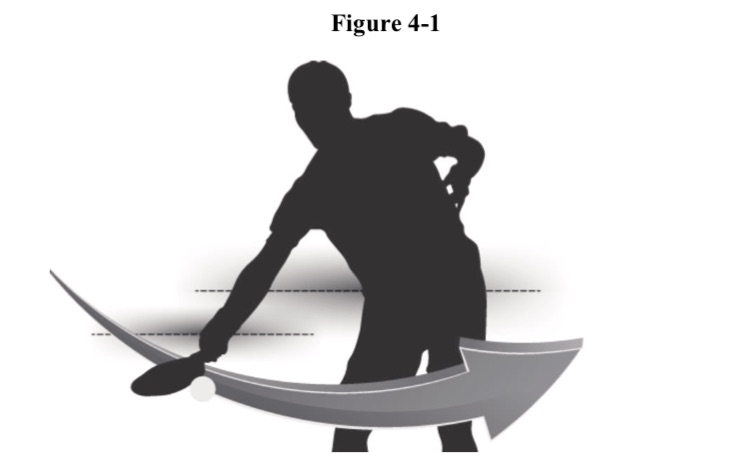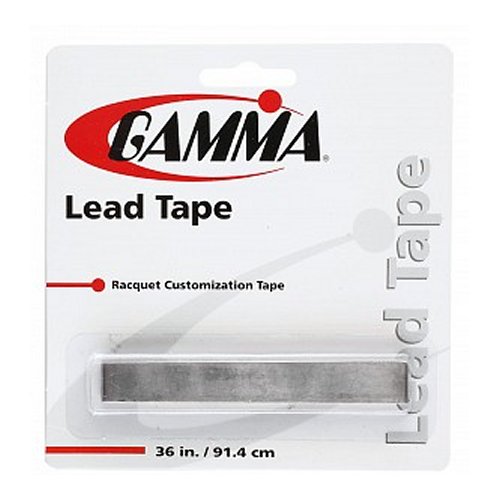Pickleball Strategy 301 – Six Rules of the Fast Game
NOTE – I have introduced Jim Baker’s excellent videos in a number of my blog posts and this one is especially for average plus players because you need a good level of at-the-net skills such as dinking and volleying. There are, however, some hints for players at every level.
The term “fast game” is used in this video to denote a rally at the net that involves a quick interchange of volleys at the net which shortly results in one team winning the point.
This is what Joe Baker states:
“…If you start the fast game and you fail to defeat your opponent’s reaction time with your first shot, your chance of winning the rally is only about one in three.”
The above statement is especially true if you “poach” a shot and step into your partner’s zone leaving a big gap. If your shot does not win outright, you are most likely to leave a wide gap in the area you left to attempt that poach and your team will most likely lose the point. If you are going to poach, be sure (or at least mostly sure) that you are going to hit a winner.
If you are a 3.0 or higher rated player, this video might be of interest to you.
Did you catch Jim Baker’s “Old Rule of Thumb?” Well, if you missed it, here it is:
“If you have to hit up on the ball, hit softly, aiming to keep the ball in or near the kitchen area. If you can hit down on the ball, you may hit hard. Unless you are an advanced player, I suggest sticking to this rule.”
Another thing Jim suggests in his video is that the best players are apt to lose these fast rallies about 30% of the time. To use a baseball analogy, you would still be batting .700 So don’t be discouraged to try to implement these strategies if you have the skills!
More Pickleball Videos and Information
To See additional Pickleball Videos & Information Click Here (primarily for beginners and less experienced players)
Check out Additional Pickleball Information and Videos! (for all players including average to more experienced players)
**********
All original content on this blog is copyrighted by Jeffrey B. Ross with ALL Rights Reserved. While reference links back to JBRish.com are appreciated and encouraged, please acquire approval for any reproduction of original content from this website.
©Jeffrey B. Ross 2014 – 2019 – JBRish.com


